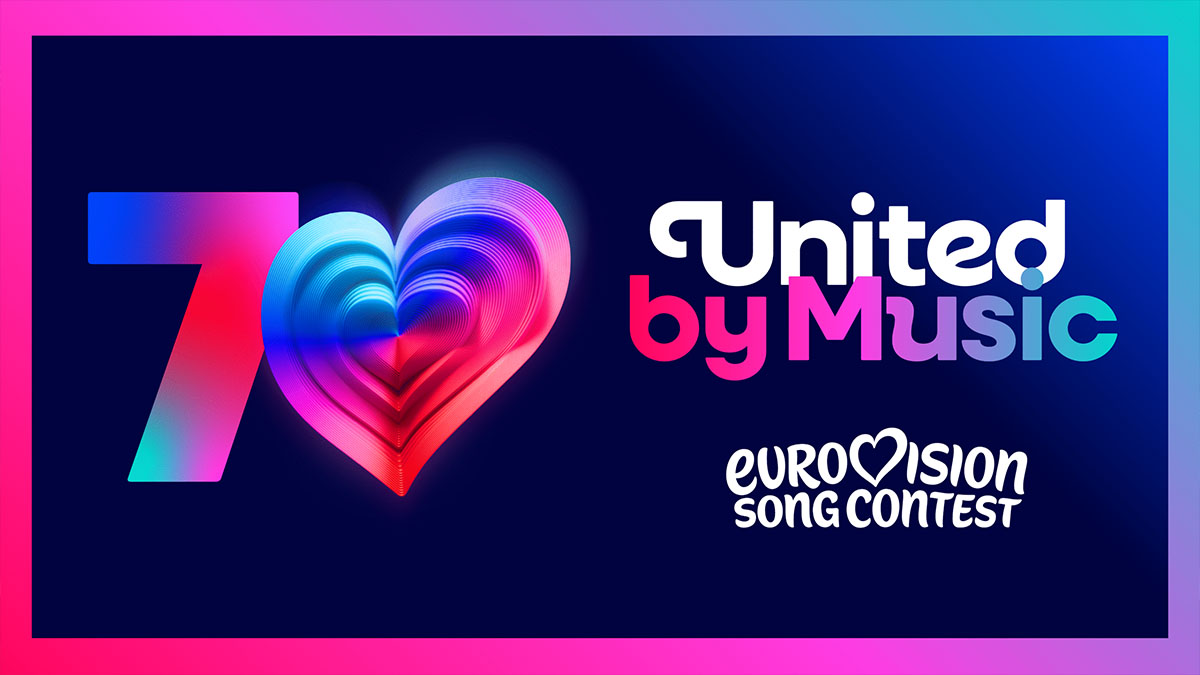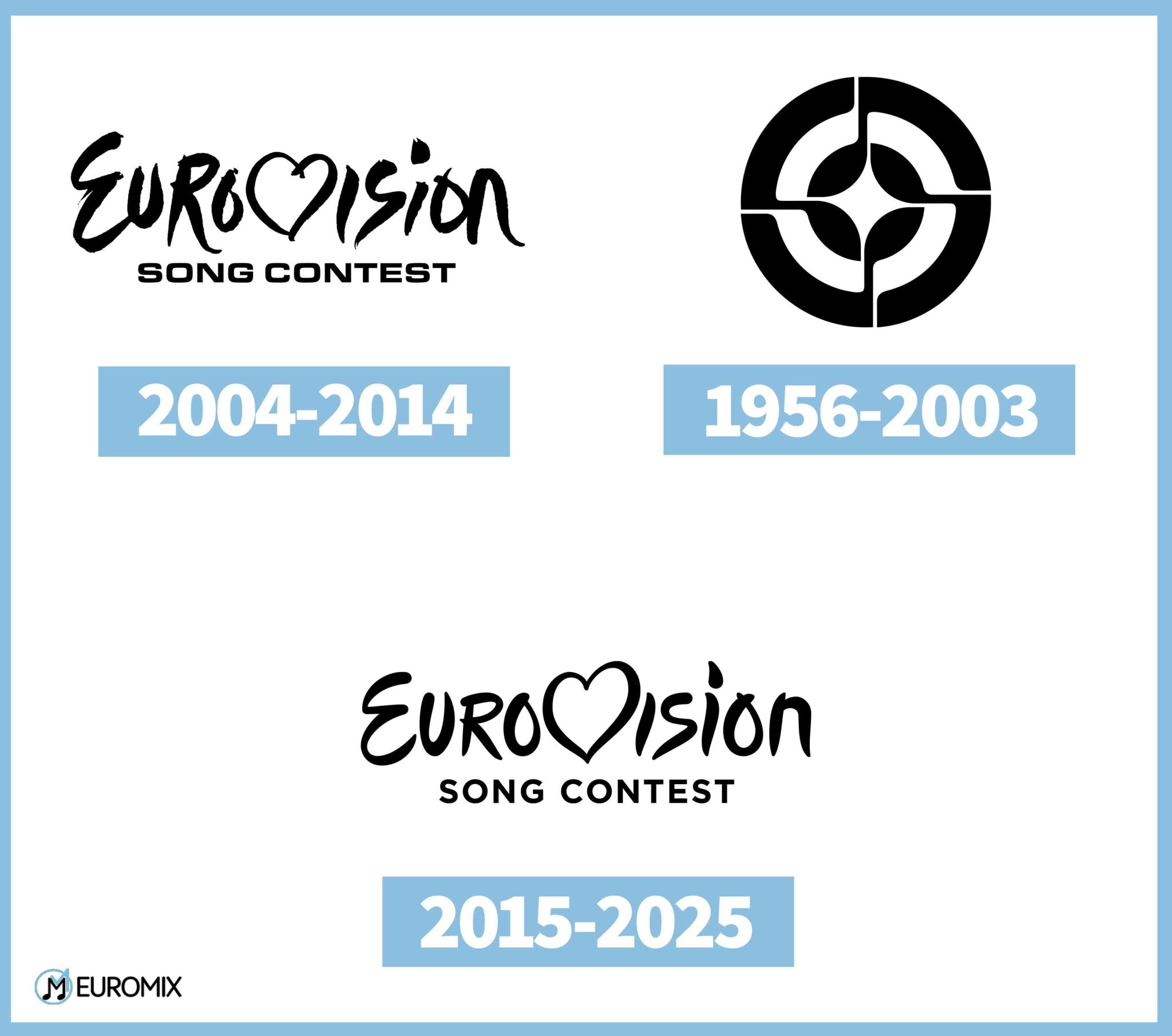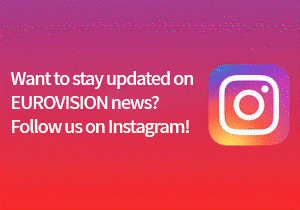
Eurovision: The EBU has unveiled a new logo for the Eurovision Song Contest. Get your first look at the fresh and spectacular design!
With excitement growing ahead of the new Eurovision season, the EBU has announced a surprising shift in the contest’s branding, unveiling a modern new logo for the beloved event. This update is more than just visual identity – behind the fresh design lie global trends and symbolic statements that chart a new path for the contest’s international brand. What does the new logo look like? What dynamics led to this decision? What secret design details have been revealed, and what are fans across Europe saying? All the answers are here.

The updated logo has been simplified into a cleaner, clearer form, with Eurovision’s iconic heart at the center – now bolder and more expressive than ever before. Alongside the logo, a new standalone symbol has been introduced: the “Chameleon Heart”. This emotive emblem reflects the cultural and musical flow of the festival, adapting to the identity of the host country, the performer, or a chosen theme – yet always retaining its fundamental place at the heart of the Eurovision spirit. The three-dimensional heart, filled with vibrancy and diversity, will play a central role in celebrating 70 years of Eurovision when the anniversary is marked next year in Austria.
The 70-year heart features seventy distinct layers, each representing a year of the contest – seven decades of music, sparkle, and unforgettable moments that have captivated audiences across Europe and beyond.
Martin Green, Eurovision’s Executive Producer, stated:
“Eurovision is an ongoing story of evolution — musical, cultural, and creative. The new design honors seventy years of success while driving the brand into an exciting future. It’s bold, full of life, and full of heart — just like the contest itself, and we are proud to share it with the world. The rebranding was designed to clarify Eurovision’s digital identity, bring all our projects under one roof, and ensure the brand remains strong for member broadcasters as the contest continues attracting new audiences globally. In the coming months, you can expect more surprises and details about the activities celebrating 70 years of unity through music”.
Watch the reveal of the new logo:
Eurovision 2026: The 70th Eurovision Song Contest will be held in Austria, following the country’s third historic win with the song “Wasted Love” performed by JJ. This will be the third time the contest is hosted in Austria, after 1967 and 2015.


